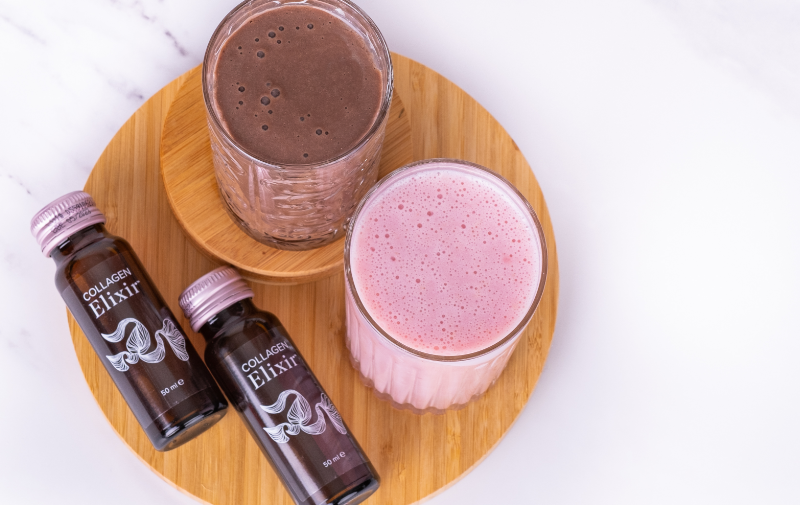Cleanse Days: Three ways
We catch up with Nutrition and Product Marketing Manager, Rebecca Taylor to delve a little deeper into the world of Cleanse Days – sharing the different ways to incorporate cleansing into your life and which one is best...
Nourish for Life: Your Cleanse Day companion
Some call it intermittent fasting. We call them Cleanse Days. They’re a fantastic way to work toward losing weight, burning fat, and giving your body’s systems the chance to rid toxins naturally...
Discover the simple, sustainable, and scientifically proven Isagenix system
Introducing the simple, sustainable and scientifically proven system for a better you. Start your wellbeing journey with Isagenix today...
Introducing The Art of Wellbeing Magazine
We're excited to announce that the first issue of The Art of Wellbeing magazine is now live and ready to read! Our team has been working hard to create a publication that is dedicated to helping you live a happy, healthy, and fulfilling life...
5 ways to transition your skincare from Winter to Spring/Summer
It's important to stay hydrated - especially in the warmer months. This is because you lose more body fluid through sweat than you normally would...
What are Nootropics?
What could you achieve if you had a little more focus in your day? What if your memory was sharper or you could organise your thoughts with greater clarity? Nootropics are one way to support your brain’s full potential. Towards the Mind In 1972, Romanian scientist Corneliu E. Giurgea coined the term nootropic following years of research into what he referred to as the brain’s “higher integrative functions”(1). His concept of nootropics was derived from the Greek words nous, which means “mind” and tropē, which means “turning” or “towards” to highlight the benefits of nootropics for enhancing thinking and mental performance. Dr. Giurgea proposed a set of criteria for a substance to be considered a nootropic, including a requirement that it must help to enhance [...]






